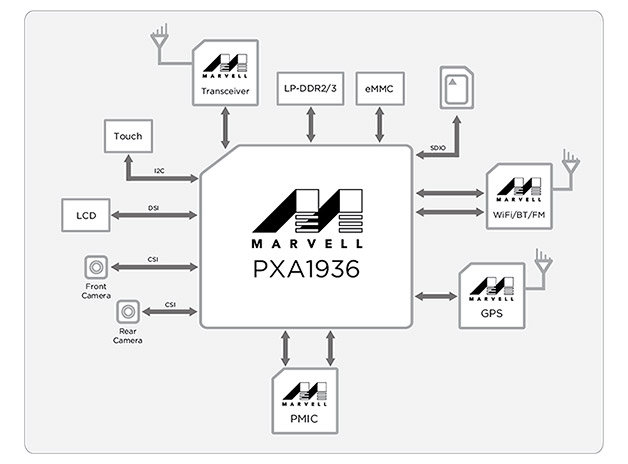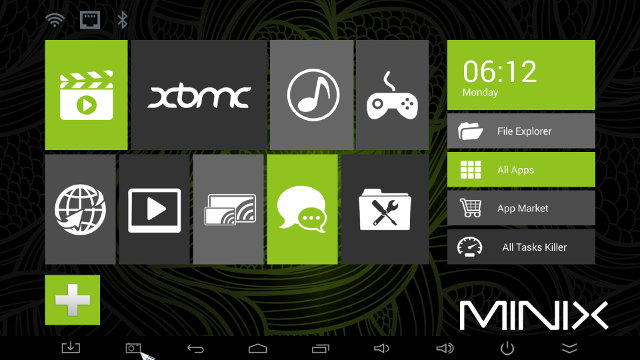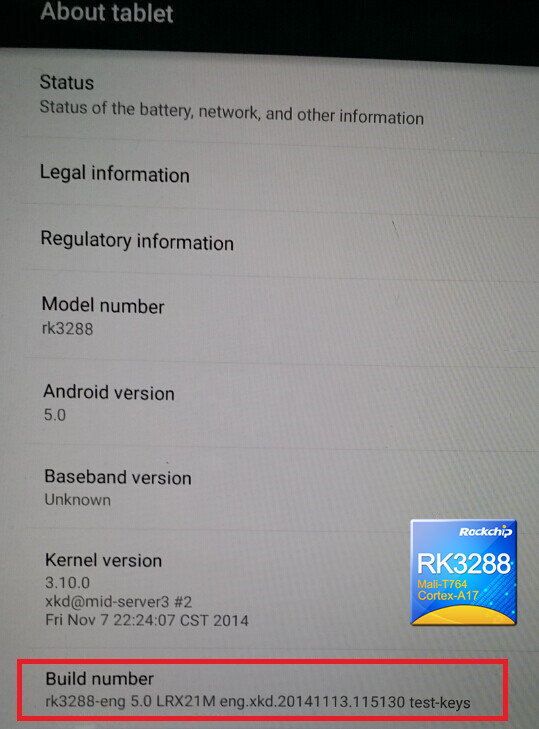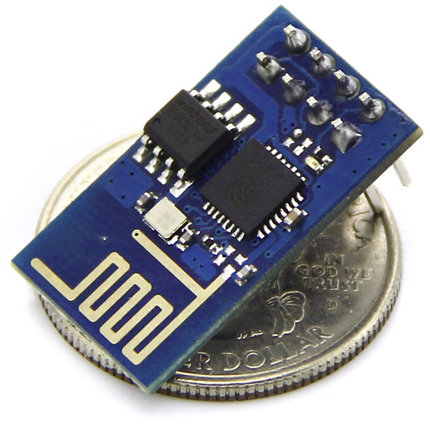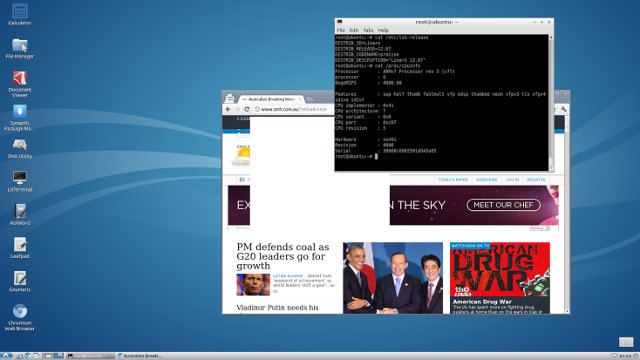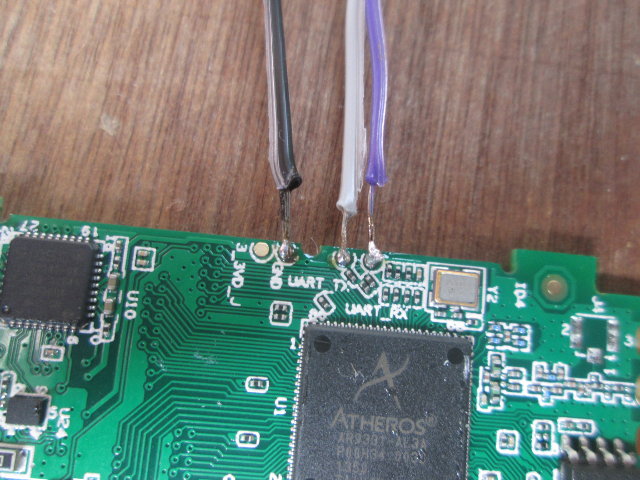You can get a cheap an decent H.265 capable Android TV box for less than $50 with MXQ S85, but MK808B Plus may be the cheapest H.265 capable player on the market, as the Amlogic S805 based Android TV stick sells for just $35.99 on Aliexpress including shipping (promotion valid for 6 days). [Update: Apparently the seller “changed his mind”, and nobody could actually buy for $35.99, so the best option is with GeekBuying for $39.99, also a promotion for the first 1,000 pieces or 10 days whichever comes first] [Update Dec 9, 2014: Promotion for $29.99 on Gearbest with MK808BCN coupon valid until January 9, 2015]. MK808B Plus specifications: SoC – Amlogic S805 quad core ARM Cortex A5 @ 1.5GHz with quad core Mali-450MP GPU System Memory – 1 GB DDR3 Storage – 8 GB NAND flash + micro SD slot up to 32GB Connectivity – 802.11 b/g/n Wi-Fi, […]
Marvell Introduces ARMADA PXA1936 & PXA1908 Octa & Quad Core Cortex A53 LTE SoCs for Smartphones and Tablets
Marvell announced ARMADA PXA1928 quad core Cortex A53 LTE SoC at the beginning of the year, and they’ve now introduced two new Cortex A53 based processors with PXA1936 and PXA1908, featuring respectively eight and four ARM Cortex A53 cores at 1.5 GHz, and 5-mode 4G LTE support (TD-LTE, FDD-LTE, TD-SCDMA, WCDMA and GSM). PXA1936 targets high performance smartphones and tablets, whereas PXA1908 targets mid-range / mainstream mobile devices. Key features of the Marvell ARMADA Mobile PXA1936 include: Octa core Cortex A53 up to 1.5GHz Supports 1080p display, and video encoding and decoding Improved image processor to support 13 to 16MP camera Advanced power management and audio codec for power efficiency and audio performance Enhanced security processor Integrated location and sensor hub functionalities for better usability Field proven DSDS (Dual Sim Dual Standby) software for 5-mode modem While key features of Marvell ARMADA Mobile PXA1908 include: Cost optimized quad-core Cortex A53 […]
MINIX NEO X6 Media Hub Review
Last week-end, I took a few pictures of MINIX NEO X6 media hub, and had a look at the company’s firmware and forum support which indeed seems to be good. Today, I’ve completed the full review of MINIX NEO X6, and I will compare it to two of its lower priced competitors: MXQ S85 and EM6Q-MXQ. First Boot, Settings and First Impressions The IR remote control works fine, including continuous up ad down pressing, but I switched to using Mele F10 Deluxe air mouse for convenience. I’ve connected an Ethernet cable, an HDMI cable, a micro SD card, a USB hard drive, and a USB hub with two RF dongles for my air mouse and gamepad, a USB flash drive, and a UVC webcam. I’ve connected the power, pressed the power button on the side of the box, but nothing happened at first… You have to press the button one […]
Unboxing of Eny M8S H.265 / 4K Android Media Player Powered by Amlogic S812 Processor
M8S and M8C Android TV boxes are updates of M8 / TM8 box, replacing Amlogic S802 quad core processor with Amlogic S812 processor which has about the same feature except it bring HEVC/H.265 hardware video decoding. M8S comes with 2GB RAM, whereas M8C features only 1GB RAM. Eny Technology decided to send me M8S for review. As usual, I’ll start with some pictures of the package, box, and board, and will do the full review in the next few days. M8S Unboxing Pictures The company send me the parcel via DHL which I promptly received with the product in the package below marked “4K OTT TV BOX” and a predominant “HEVC”. The back of the package list the main specifications: quad core processor, octo core Mali 450 GPU, Android Kitkat. and so on. There’s also a sticker showing the MAC address, which starts with C4:4E:AC for those interested. The box […]
Android 5.0 Lollipop Coming to Allwinner A33 & A80, Rockchip RK3288, and More…
I can often see questions requesting whether SoC XYZ will support Android 5.0 Lollipop. The good news is that last week, I’ve read lots of news about Android 5.0 support on various devices including Nvidia Shield tablet, Motorola G & X smartphones, and of course the Google Nexus devices. A developer (Nanik T.) also ported Android Lollipop to ODROID U3 development board based on Exynos 4412, and he mentioned that “porting was pretty straight forward as KK and 5.0 does not have a lot of differences in terms of HAL”, which means there’s hope for more recent devices and SoCs getting the update. Chinese SoC vendors are also getting the word out that they are working on Android 5.0. Rockchip announced Lollipop support for RK3288 processor (original news in Chinese) probably coming to tablets first, and Android TV boxes later. They used their reference platforms in the provided pictures, and […]
Add Wi-Fi to Arduino Boards for $3 with ESP8266 Wi-Fi Serial Module
There has been some buzz around ESP8266 Wi-Fi module, mostly because of its low price, and SDK availability, meaning it could become the Wi-Fi equivalent of ENC28J60 Ethernet module, and that for $5 you could potentially add Wi-Fi to your Arduino board for example. Since then, the price has come down even further, and if you are prepared to buy 5 pieces, you can now get the module for less than $3 / piece shipped, alternatively a single module costs $4, and a complete Wi-Fi + Arduino Uno (clone) kit goes for $15. A community has also been built around the chip, and a several project have been made with Arduino boards and ESP8266 module. The best way to find information is to go to ESP8266 community forum, as well as read the Wiki on github. There’s currently a GCC toolchain for Espressif Systems ESP8266, open source tools for working […]
How-to Install Ubuntu on Allwinner A80 Powered pcDuino8 and A80 OptimusBoard
Last month, pcDuino released Android 4.4 and Ubuntu images for pcDuino8 board powered by Allwinner A80 octa core processor, and since it’s the same board layout as A80 OptimusBoard, I decided to try it out, but it failed as the update script would try to flash it to a partition that’s too small for the root file systems. But last week, Ian Morrison and Minidodes gave it another try, and successfully booted Ubuntu, or more exactly Lubuntu, on A80 OptimusBoard. Both their screenshot reports sun9i platform in /proc/cpuinfo, so that’s definitely Allwinner A80, but only one core is shown. I’m not sure if it’s because the other are idled and don’t show, or for some reasons, the kernel only supports one core at this stage. Anyway, here’s how they did to install Lubuntu: Flash the kernel (pcduino8_kernel_livesuit_20141008.img) with PhoenixCard or Livesuit first. See instructions to use Livesuit with A80 OptimusBoard. […]
Zsun SD111 Is Now “Officially” an Hackable Wireless Flash Drive
Zsun SD11x are Wi-Fi flash drives for 8 to 128 GB eMMC, alternative to Sandisk or Kingston. Yesterday, I soldered the UART pins to Zsun SD111 (8GB) flash drive to access the serial console, but I did not manage to enter the terminal as it was password-protected. I posted my results anyway, as I was convinced I would get some clever ideas from my readers, some of which appeared to be a little time consuming, but Zoobab offered a simple solution that consisted in changing the boot parameters, by replacing /sbin/init by /bin/sh. The first step is to interrupt the boot by pressing space or another key, in order to access U-boot. Now we can check the U-boot environment ar7240> printenv bootargs=console=ttyS0,115200 root=31:02 rootfstype=jffs2 rw init=/sbin/init mtdparts=ar7240-nor0:64k(u-boot),64k(u-boot-env),6720k(rootfs),1216k(uImage),64k(NVRAM),64k(ART) bootcmd=bootm 0x9f6B0000 bootdelay=4 baudrate=115200 ethaddr=0x00:0xaa:0xbb:0xcc:0xdd:0xee ipaddr=10.168.168.1 serverip=10.168.168.10 stdin=serial stdout=serial stderr=serial ethact=eth0 Environment size: 361/65532 bytes Let’s keep everything the same, except the init, […]



